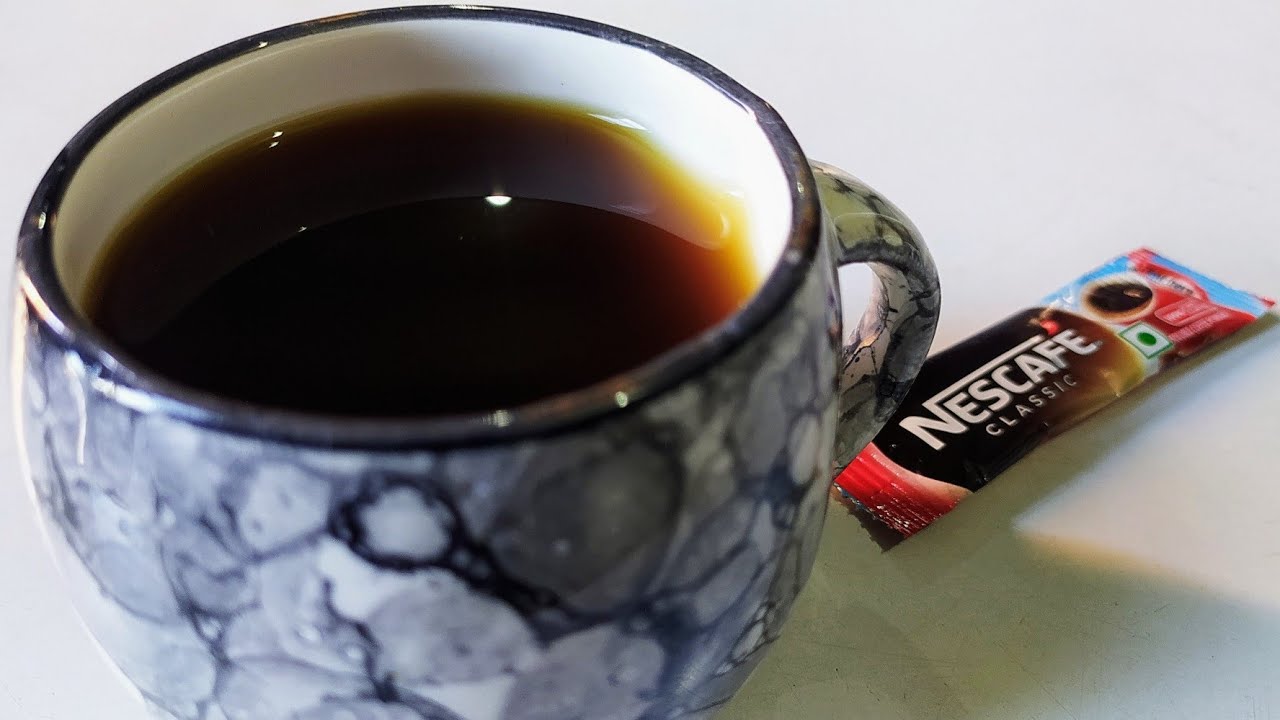
While bay leaves are a common aromatic used in cooking to enhance the flavor of dishes, they are not typically known to be “105 times stronger than garlic” in any specific way, especially when it comes to medicinal properties. However, bay leaves do possess various health benefits, including potential effects on diabetes management, reducing inflammation, and easing pain. Let’s explore how bay leaves might positively impact health based on these aspects:
Health Benefits of Bay Leaves
**1. Diabetes Management:
-
Blood Sugar Control: Some studies suggest that compounds in bay leaves may help improve insulin function, which is essential for controlling blood sugar levels in people with diabetes.
**2. Reduces Inflammation:
-
Anti-inflammatory Properties: Bay leaves contain compounds like parthenolide, which has been shown to possess anti-inflammatory effects. This can be beneficial in reducing inflammation related to chronic diseases.
**3. Pain Relief:
-
Analgesic Properties: The same anti-inflammatory properties that help with chronic conditions can also aid in reducing pain, particularly from headaches or joint discomfort.
Using Bay Leaves for Health
In Cooking:
-
Incorporating bay leaves into your diet through cooking is a safe and healthful approach. They can be added to soups, stews, sauces, and marinades to impart flavor as well as potential health benefits.
As a Tea:
-
Bay Leaf Tea: Boiling a few dried bay leaves in water makes a soothing tea that some believe can help with digestion, heart health, and diabetes management.
Recipe for Bay Leaf Tea
Ingredients:
-
3-4 dried bay leaves
-
2 cups of water
-
Optional: honey or lemon to taste
Instructions:
-
Boil Water: Bring the water to a boil in a small pot.
-
Add Bay Leaves: Add the bay leaves to the boiling water and cover.
-
Simmer: Reduce the heat and let it simmer for about 5 minutes.
-
Steep: Remove from heat and let the tea steep for another 5 minutes.
-
Strain and Serve: Strain out the bay leaves and serve the tea. You may add honey or lemon to enhance the flavor.
Considerations
-
Medical Interaction: While bay leaves are generally safe to consume, they should be used cautiously in medicinal forms by those on medications for diabetes or blood thinners, as they could potentially alter the effects of these drugs.
-
Culinary Use: Remember, whole bay leaves are usually removed before serving, as they can be sharp and difficult to digest.
Conclusion
Bay leaves, while not as potent in direct comparison to the broad health applications of garlic, still offer a range of healthful properties, particularly when it comes to anti-inflammatory and potential antidiabetic effects. As with any herbal remedy, it’s beneficial to discuss with a healthcare provider before starting any new treatment for chronic conditions.





